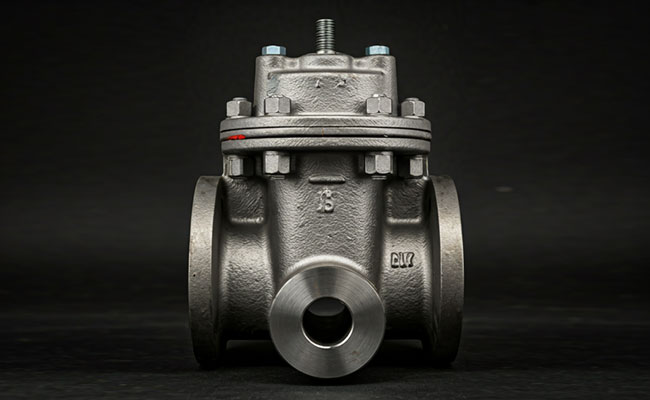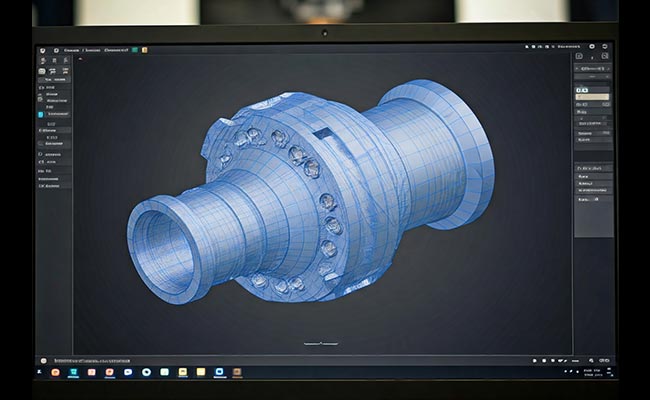
Magnetic Particle Testing (MT) for Castings
2024-11-04
Tensile Testing Machine: A Closer Look
2024-11-18Spectroscopy is a valuable tool for quality control in the casting industry, providing insights into the chemical composition, microstructure, and defects of castings. Here are some specific applications:
Chemical Composition Analysis:
- Optical Emission Spectroscopy (OES): Used to determine the elemental composition of castings, ensuring that the alloy meets the required specifications.
- X-ray Fluorescence Spectroscopy (XRF): A non-destructive technique for analyzing the elemental composition of castings, especially for surface coatings or thin layers.
Microstructure Analysis:
- Electron Microscopy (SEM/TEM): Examining the microstructure of castings to identify defects like porosity, inclusions, and grain structure.
- X-ray Diffraction (XRD): Analyzing the crystal structure of castings to determine phase composition and identify defects like stress.
Defect Analysis:
- Infrared Thermography: Detecting defects like hot spots or cracks that may lead to failure.
- Raman Spectroscopy: Identifying specific chemical compounds or defects within the casting material.
Other Applications:
- Residual Stress Measurement: Assessing the internal stresses in castings to prevent cracking or deformation.
- Surface Analysis: Examining the surface properties of castings, such as roughness or coatings.
Benefits of Spectroscopy in Casting:
- Non-destructive testing: Spectroscopy methods generally do not damage the casting.
- Rapid analysis: Many spectroscopic techniques provide quick results.
- Versatility: Spectroscopy can be applied to a wide range of casting materials and defects.
- Accuracy: Spectroscopy offers accurate and reliable results for chemical composition and microstructure analysis.
By incorporating spectroscopy into their quality control processes, casting manufacturers can ensure that their products meet the highest standards of quality and performance.




